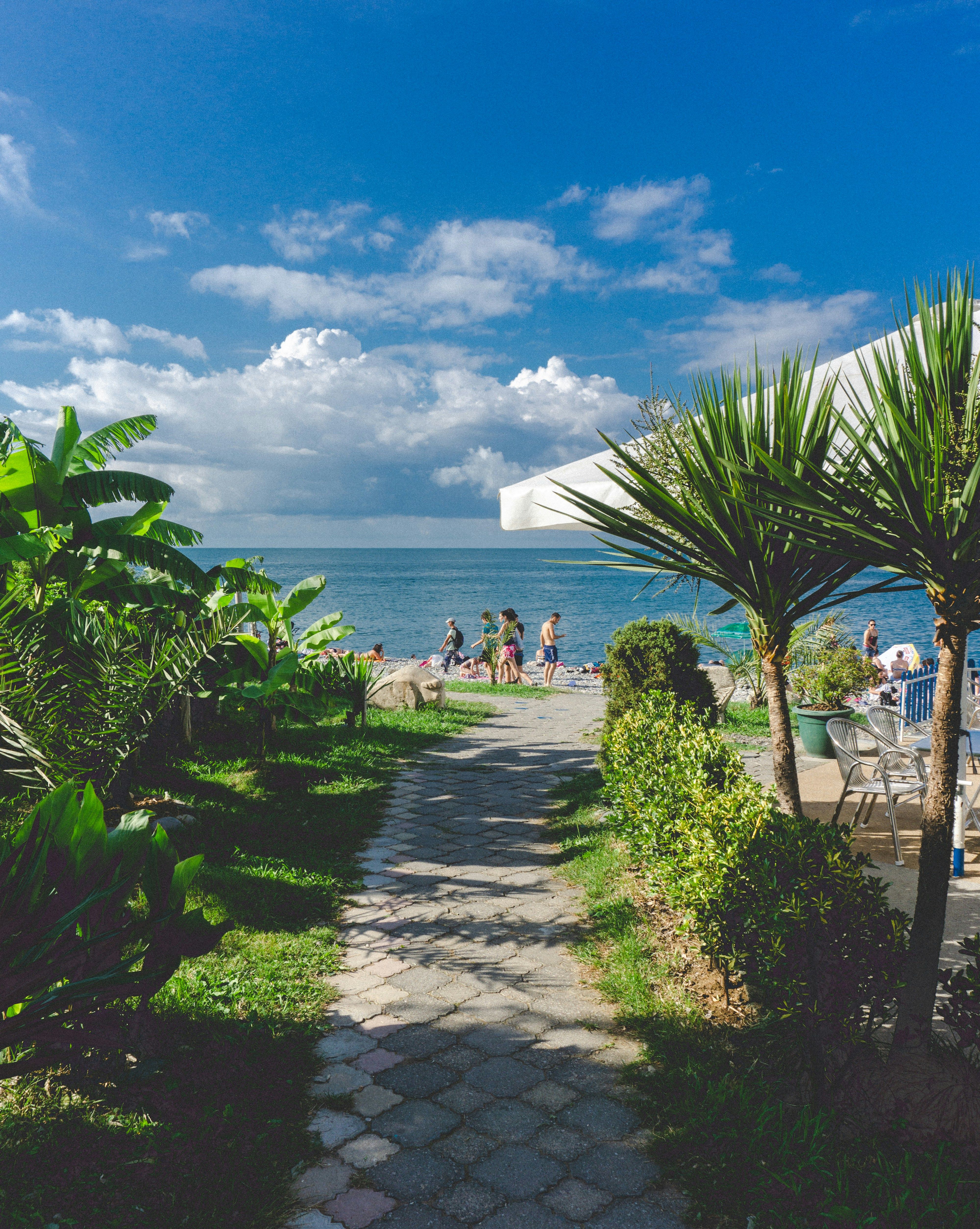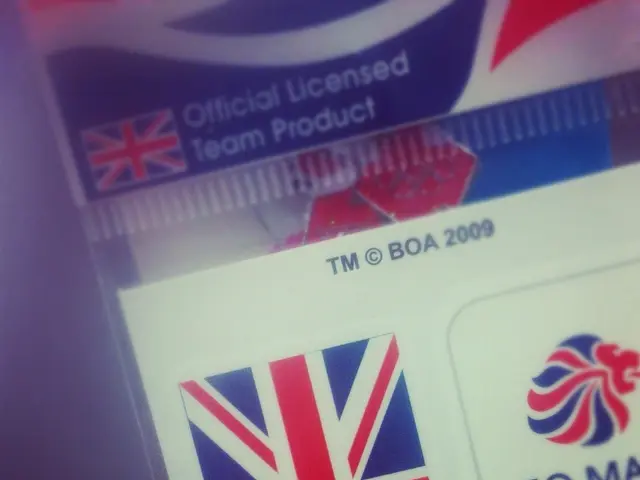An island faith centered on John Frum, an American soldier believed to have magical powers, with followers believing in his return to vanquish foreign Rule.
Modern Wonders Arrive on Remote Pacific Islands, Leading to the Emergence of Cargo Cults
Across the Melanesian islands, traditional societies gaze not just at the heavens, but towards the skies adorned with roaring metal cargo planes. This is the site of a peculiar phenomenon known as cargo cults, a movement that gained prominence during World War II.
Followers of cargo cults believe that a supernatural source will someday return, bestowing great wealth upon Melanesia, just as American troops once did in the 1940s. Their roots, however, predate the war, stemming from colonizers who suppressed native traditions and sparked stories about a "savior" who would reward the indigenous people for reclaiming their old ways.
Cargo cults emerged across Melanesia, including Papua New Guinea, Vanuatu, and the Fiji Islands, although faith in them has lessened in some places. In others, the movement continues to persist.
Origins Before World War II
Though cargo cults intensified during World War II, their roots can be traced back several decades. In Fiji, the Tuka movement emerged at the end of the 19th century, while the Taro Cult in Papua New Guinea began around 1919. As ZME Science reported in 2023, these 20th-century Melanesian cults were a direct response to colonialism. They often combined anti-colonialist sentiment, anticipation of societal transformation, and reverence for Western material goods.
One well-documented cargo cult, however, arose in New Hebrides, now known as Vanuatu, in the 1930s. Local legends claim the tribal elders were visited by a white man named John Frum after consuming the intoxicating drink, kava. Frum urged them to shrug off the chains of colonialism and resume their ancestral customs.
While there is little evidence to support the existence of such a figure, his anti-colonialist message resonated.
Rise During World War II
When the Japanese bombed Pearl Harbor on December 7, 1941, thousands of American soldiers flooded into the Pacific. They brought with them a barrage of manufactured goods—from chocolate to Coca-Cola—and appeared to have the power to conjure food without planting crops or trading.
The arrival of these goods, along with airplanes, cars, and seemingly magic machinery, confirmed the prophecy of John Frum. The "supernatural source" that he had promised had arrived.
U.S. National Archives and Records AdministrationThe entrance of a U.S. Navy base camp on Vanuatu during World War II.
Not only were indigenous people fascinated by the Americans’ technology, but their multiracial soldiers—both black and white—also intrigued the local population. Another theory suggests that "John Frum" may have derived from an introduction offered by an American serviceman who identified himself as "John from America."
Yet, just as suddenly as the Americans' arrival, they disappeared—leaving the cargo cult implore ways to bring them back.
Continued Existence in Melanesia
In the absence of the Americans and their cargo, thousands of cargo cult followers attempted to entice them back by imitating their behavior. They built mock air control towers, fake satellite dishes, and full-size wooden airplanes. They carved airstrips into the jungle, dressed as American soldiers, and used flags and landing symbols to attract planes. In some places, the arrival of white travelers even prompted pig sacrifices, as they believed metal "Great Pigs" would appear in the sky.
Ultimately, their efforts proved unsuccessful. The planes never returned. In most places, this led to a dwindling of cargo cult followers. Yet, in others, believers insist that the cult's rituals are simply not being performed correctly.
"For generations, they've prepared for John Frum's return by replicating the behavior of the American soldiers who first delivered them the extraordinary cargo," anthropologist Peter Lawrence wrote in his 1964 book "Road Belongs to Cargo." "Yet, they still don't understand the correct procedures for getting it."
Today, belief in cargo cults has waned on Vanuatu's Tanna Island, with just 500 followers remaining from a high of 5,000 in 1990. The growth of Christianity has played a significant role in this declining faith. However, every year on February 15, the island still celebrates "John Frum Day." Men march in military formation, sporting bamboo rifles, and chest markings that spell out "U.S.A." The hope remains that cargo planes filled with American goods will return.
Images show the enduring legacy of the John Frum cult, from leaders saluting the American flag to men marching on John Frum Day. Though their search for cargo continues, so too does humanity's insatiable curiosity and awe of the unknown.
- The origins of cargo cults can be traced back several decades before World War II, with the Tuka movement emerging in Fiji at the end of the 19th century and the Taro Cult starting in Papua New Guinea around 1919.
- Another cargo cult, the one centered around John Frum, arose in New Hebrides (now known as Vanuatu) in the 1930s, with local legends claiming that tribal elders were visited by a white man named John Frum after consuming kava.
- During World War II, the arrival of American soldiers brought with them vast amounts of manufactured goods, confirming the prophecy of John Frum and sparking cargo cults across Melanesia, including the Fiji Islands, Vanuatu, and Papua New Guinea.







